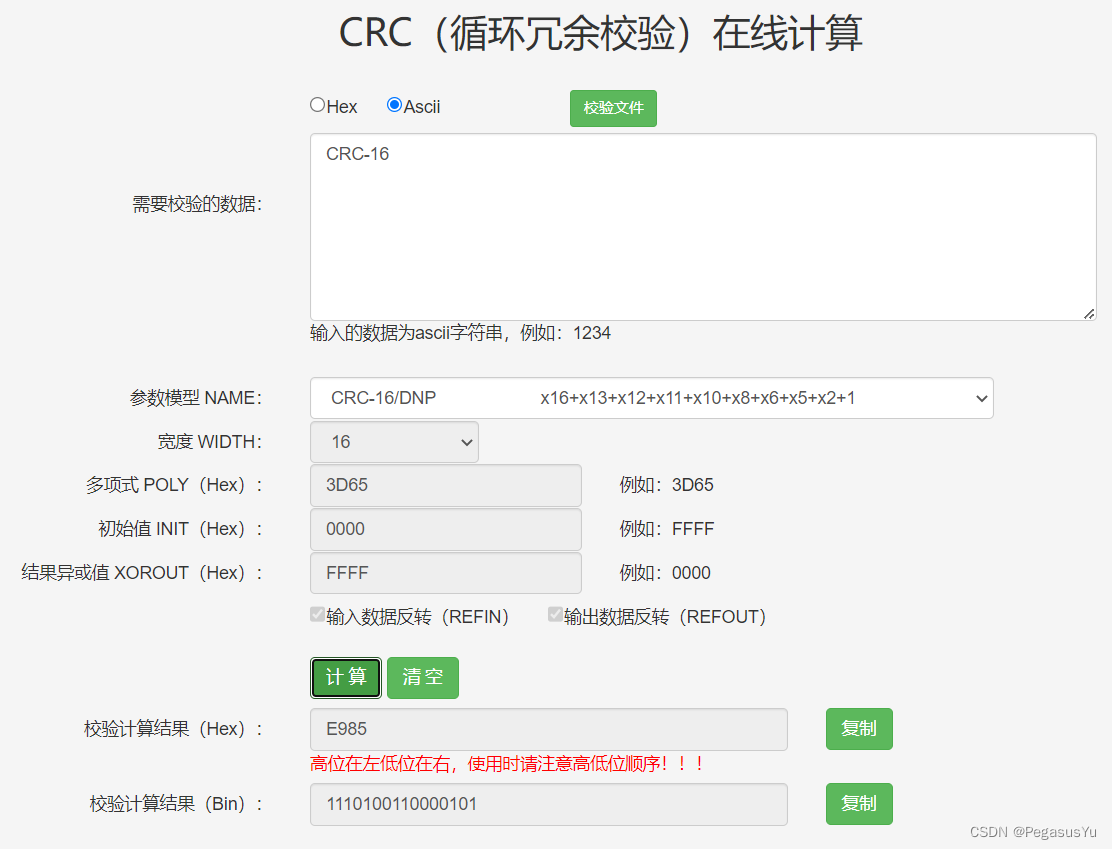1065 A+B and C (64bit)
分数 20
作者 HOU, Qiming
单位 浙江大学
Given three integers A, B and C in (−263,263), you are supposed to tell whether A+B>C.
Input Specification:
The first line of the input gives the positive number of test cases, T (≤10). Then T test cases follow, each consists of a single line containing three integers A, B and C, separated by single spaces.
Output Specification:
For each test case, output in one line Case #X: true if A+B>C, or Case #X: false otherwise, where X is the case number (starting from 1). Each line should ends with '\n'.
Sample Input:
3
1 2 3
2 3 4
9223372036854775807 -9223372036854775808 0
Sample Output:
Case #1: false
Case #2: true
Case #3: false
#include <iostream>using namespace std;typedef long long LL;int main()
{int T;cin >> T;for(int i=1; i<=T; ++i){LL a, b, c;cin >> a >> b >> c;LL res = a+b;bool flag = true;if(a > 0 && b > 0 && res < 0) flag = true; //正溢出else if(a < 0 && b < 0 && res > 0) flag = false; //负溢出else if(res > c) flag = true; //相加大于celse flag = false; //相加小于等于cif(flag)printf("Case #%d: true\n", i);elseprintf("Case #%d: false\n", i);}
}



